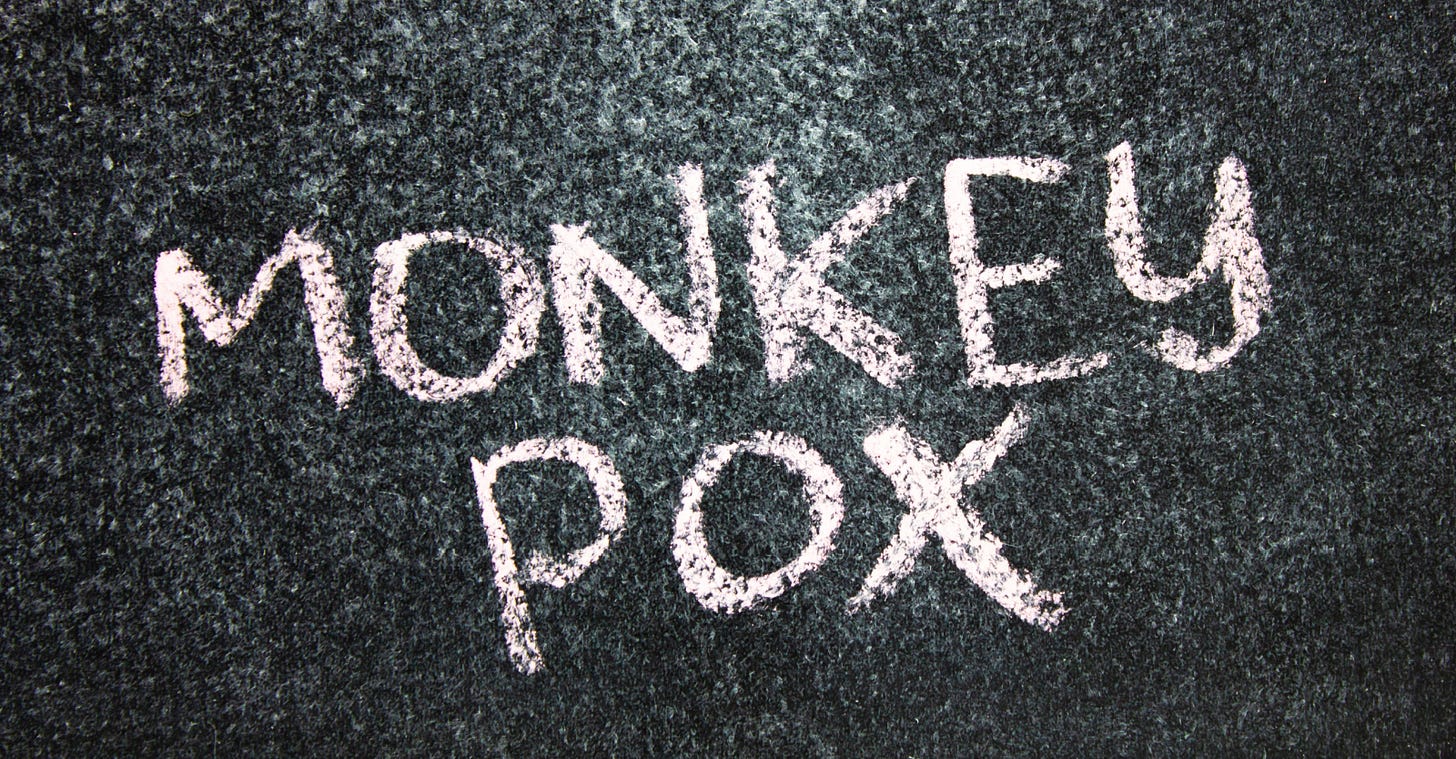What You Need to Know About Mpox
Election season wouldn’t be complete without the declaration of a public health emergency and another global pandemic.
With less than three months remaining until the fate of our country is determined, the election season wouldn’t be complete without the World Health Organization (WHO) declaring yet another global pandemic.
Even though the WHO’s pandemic treaty that would have given it sovereign control over the world’s pandemic response failed to materialize, the organ…




